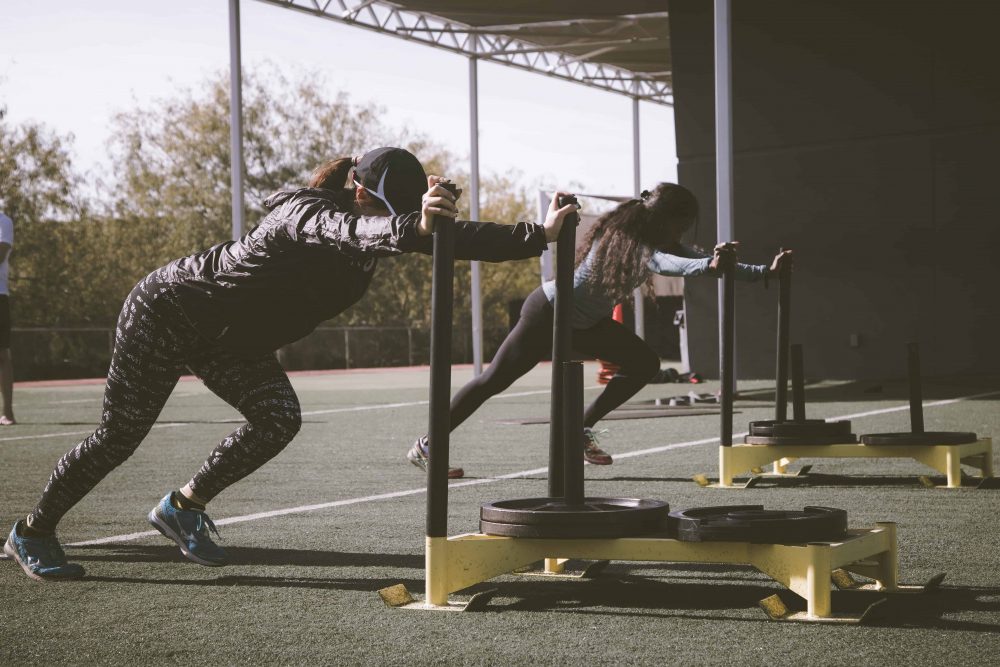To get better at your sport, you need to play your sport. The most sport specific exercises you can do, are those you do in your sport. Yes, gym based training can supplement your training, but it isn’t the be all to end all. However, if your sport is 100 or 200m sprinting, you cannot simply sprint everywhere, all of the time. In fact, doing too much sprinting could in fact lead to high levels of fatigue and a drop in performance. Additionally, if you have any major issues with your technique, problems are likely to occur. So can strength training be used with sprint athletes?
Reasons against Strength Training for Sprinters
Force Application – Sprinting requires maximal force to be produced in a short space of time. Many gym based exercises produce force over a much longer period of time. Because of this, they may not be very relatable to actual sprint performance.
Sprint Technique – Acceleration requires good technique to produce ground reaction forces that propel the athlete forward. The rotation-extension strategy controls these ground reaction forces. However, strength training exercises do not require rotation-extension strategy, so again, may not cross over to actual sprinting.
Sprinting also requires the foot / legged to be ‘punched’ or ‘pumped’ into the ground. This impact and deceleration can play a big role in determining sprint performance. Again, you may be had pressed to find a strength training movement that mimics this impact.
Reasons For Strength Training in Sprinters
General Strength – Resistance training can improve multiple factors of muscular strength. It can improve the ability to both absorb and produce force, as well as improving neuromuscular control. While they may not cross over exactly, they can improve multiple factors that will improve performance overall.
Force then Velocity – You must be able to produce force, before you can work on doing it at high speeds. The lower the ceiling, the lower the performance increase. Strength training can improve the ability to generate large amounts of force. From here, it can be transferred into high velocity movements.
Stiffness & Connective Tissue – Resistance training improves leg stiffness. You can absorb impacts effectively and still produce high forces. Improving the strength and stiffness of connective tissues can improve sprint performance.
My Job as a Coach
As an Expert Personal Trainer in Berkshire, it is my responsibility to get the balance right for my clients. In order to maximise performance, balance is key. If you have a poor ability to produce fore, we are likely to hit the gym. If you can lift heavy loads but are slow, we are going to run. Running fast will make your better at running fast. However, you must have a foundation that allows you to do so.
